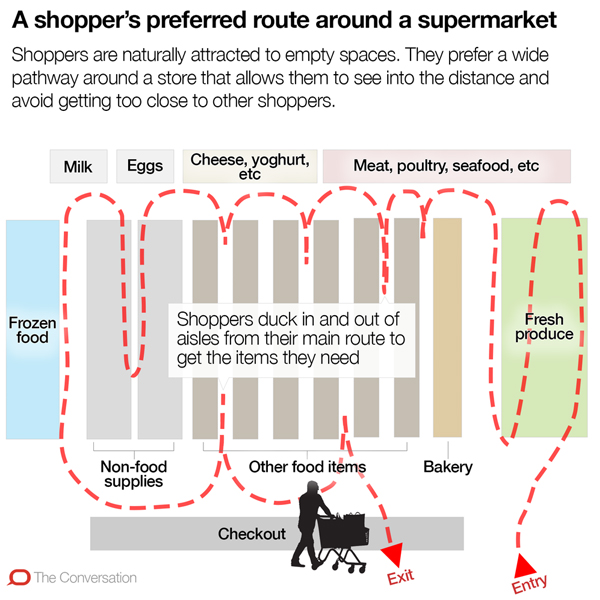Ever wonder why you buy what you do? Paco Underhill didn’t just study shoppers—he mastered them. His research transformed how Walmart & Costco design their stores to guide your every move. Here’s how he rewrote the rules of retail: 🧵


In the 1980s, Paco Underhill noticed something that would spark a revolution in retail. Shoppers’ behavior inside stores was filled with patterns—small, often unnoticed actions that determined whether they’d make a purchase or walk away empty-handed.
He started studying people, cataloging thousands of hours of in-store video footage, and digging deep into the “why” behind every decision. From the direction people turn when entering a store to the amount of space between aisles, every detail impacts their decision to buy

Here are some of his most game-changing discoveries: 1. The “Decompression Zone” The first five to 15 feet of a store are what Underhill calls the “decompression zone.” Shoppers are just adjusting to the environment, so anything in this area is often ignored.

Products placed too close to the entrance don’t sell well because people need a moment to orient themselves. 2. The Power of Butt-Brush One of his most famous insights: shoppers, especially women, will avoid browsing if they’re in an area where they might be bumped from behind.
Narrow aisles discourage shoppers from exploring, reducing the chance of a purchase. Stores learned to widen aisles and ensure space, especially around high-interest areas, to encourage more browsing.

3. Right-Turn Bias In most countries, shoppers naturally turn right when they enter a store. Recognizing this, brands often place their most enticing displays and promotions to the right of the entrance, drawing people in and maximizing product visibility.

4. Merchandising at Eye Level Shoppers are most likely to notice items at eye level, so premium products often occupy these “prime real estate” spots. Less expensive items are placed lower, influencing shoppers to reach for the items they’re likely to spend more on.
If you love marketing, ads, and psychology, subscribe to 1-2-3 Marketing:
